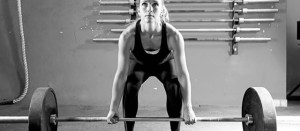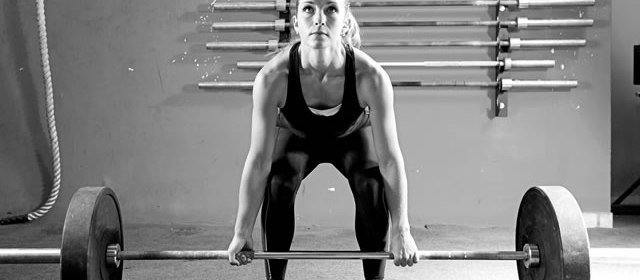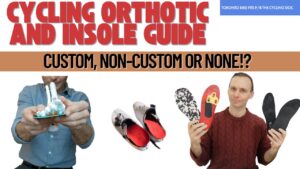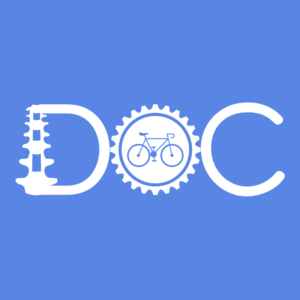Dr Alex Ritza – Your Downtown Toronto Chiropractor
CHIROPRACTIC CARE CONVENIENTLY LOCATED NEAR YONGE AND BLOOR
RATED ONE OF TORONTO’S BEST CHIROPRACTORS ONLINE
 Given that 80% of Canadians experience back pain in their lifetime, the odds are that eventually you are going to turn to the internet or ask me what exercise are the best for you to manage it.
Given that 80% of Canadians experience back pain in their lifetime, the odds are that eventually you are going to turn to the internet or ask me what exercise are the best for you to manage it.
Knowing what exercise to do, like whether you should be deadlifting or not, might mean all the difference in recovering and getting back to your awesome life. A study I am going to review in this post is going to cover that!
If you have never experienced the feeling of your back “giving out” than be thankful and I am going to show you how to keep it that way.
If you have not been so lucky and have suffered with back pain in the past then you will know that the the short answer to “what should I do?” is Treatment and Movement.
Adjusting the spine is analogous to straightening the door hinge so that the machinery moves properly – it must for a proper recovery. The exercise, rehab, nutrition and rest that goes in to support your care is lubrication to the hinge to keep it moving properly. Science shows you can’t get back to normal without the two and are more prone to future episodes without the correct intervention.
When it comes to self care and recovering from back pain it is important to do the appropriate exercises that are best for you and not just those you found on YouTube. This study is a perfect example of how the right expert advice can make all the difference in achieving the goals you have for your health.
A study entitled Which Patients With Low Back Pain Benefit From Deadlift Training?” in the The Journal of Strength & Conditioning Research has recently changed my recommendations for low back pain sufferers and it might change what you do in the gym as well.
This study found that about two-thirds of patients with low back pain of three month’s duration showed meaningful improvement in pain intensity, activity levels, disability and strength after an 8-week training program comprising 12-deadlift exercise sessions.
The primary take-aways:
a) What factors determine who does not respond well to deadlift training with low back pain?
The main result was thatTwo thirds improved and one third did not. But who did then? Patients with pre-study measurements of higher pain intensity (> 6/10), higher disability scores and poorer low back extensor strength (measured on this Biering- Sørensen TEST) were less likely to respond well to dead lift exercises.
Being male or female did not matter and the results were unaffected by age, weight (Body Mass Index), previous physical activity levels, or side-bridge strength.
We know from other biomechanical studies that low back pain patients have poorer strength, poor core muscle activation and improper muscle recruitment patterns. This means that when you have low back pain, or have had it in the past it is likely that your core is weaker, your nervous system turns your core muscles on in the incorrect order and you are more at risk of future injury respectively.
Seeing a chiropractor helps to resolve this before you get back to exercise.
If a patient has a lot of pain and has poor core and low back strength, deadlifts are not a good rehab exercise early in the process!
B)What factors determine who does not respond to deadlift training with a history of low back pain
If you have less pain (< 6/10) , are able to handle most daily activities and can hold that Biering- Sørensen TEST for greater than 60 seconds, deadlifts might be for you!
This is too be expected given that the deadlift is a compound movement and requires a high glute and lumbar extensor activation. This result also assumes that you know how to do an excellent deadlift because the study participants were well educated in the lift.
C) What can you do to help manage future and for most people, inevitable low back pain episodes?
Start deadlifting. Don’t know how? This might help or these folks can help.
The deadlift is a great exercise to improve core strength, engage your chair-bound glutes and build a bullet-proof back.
My experience tells me that those that lift heavy things, develop their core strength and use the deadlift are still susceptible to back pain. It happens. Nonetheless, those that have an existing strength base, that squat and deadlift and have the pre-requsite strength to crush any core strength testing do recover faster. Think of it as prehab.
Start future-proofing your body before there is a problem. Future proof your back with the deadlift before you actually need it to get back to your normal life.
Maybe one of the most important take aways of the study is that participants did show some improvement with the deadlift training, it was not enough alone to provide complete recovery and relief.
No amount of exercise is going to help future proof an injured spine unless it is accompanied by the proper manual care to ensure the nervous system and spine are functioning as they should.
We all know that until you fix the core problem, movement is just going to keep wearing it down.
– Dr Alex
Citation
Berglund, Lars, et al. “Which Patients With Low Back Pain Benefit From Deadlift Training?.” The Journal of Strength & Conditioning Research 29.7 (2015): 1803-1811.




